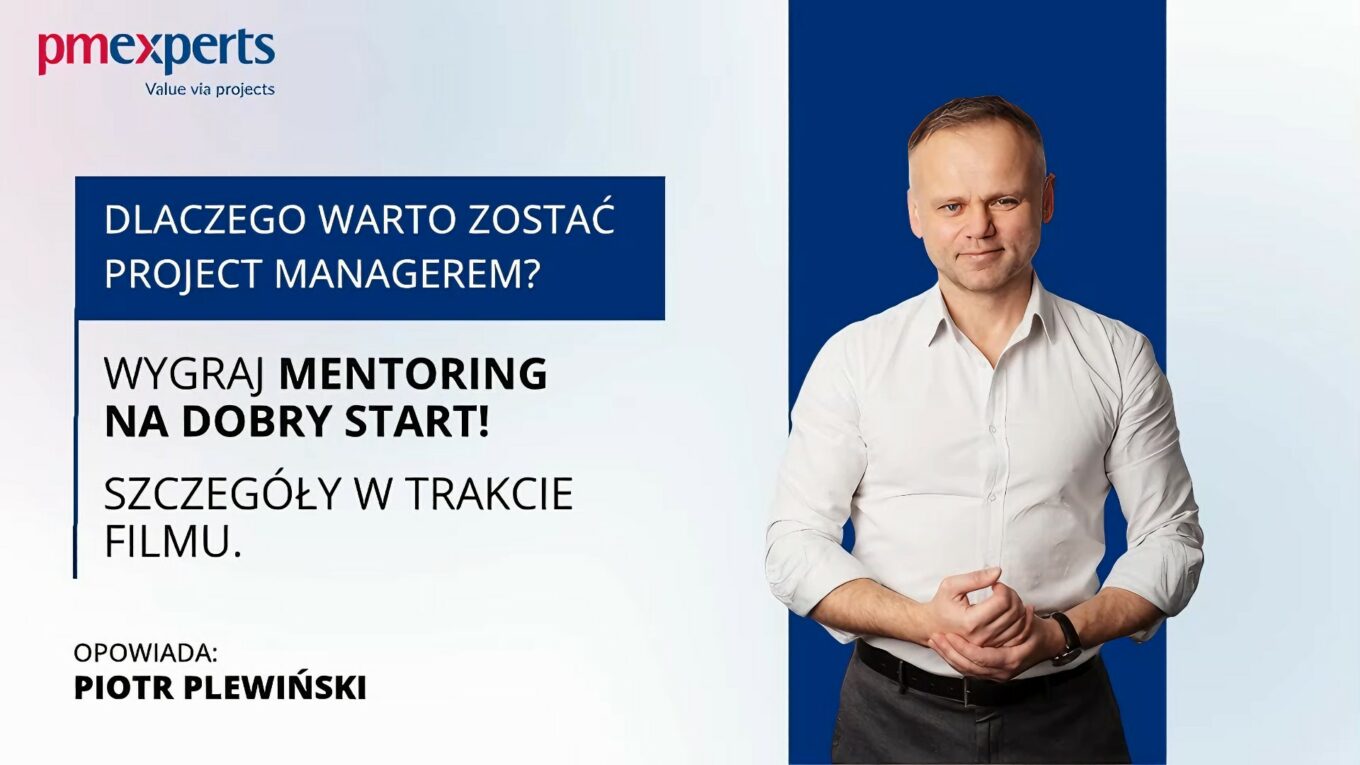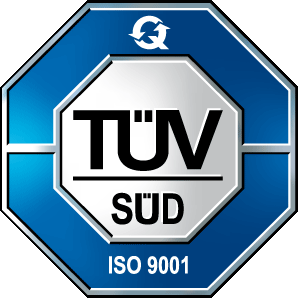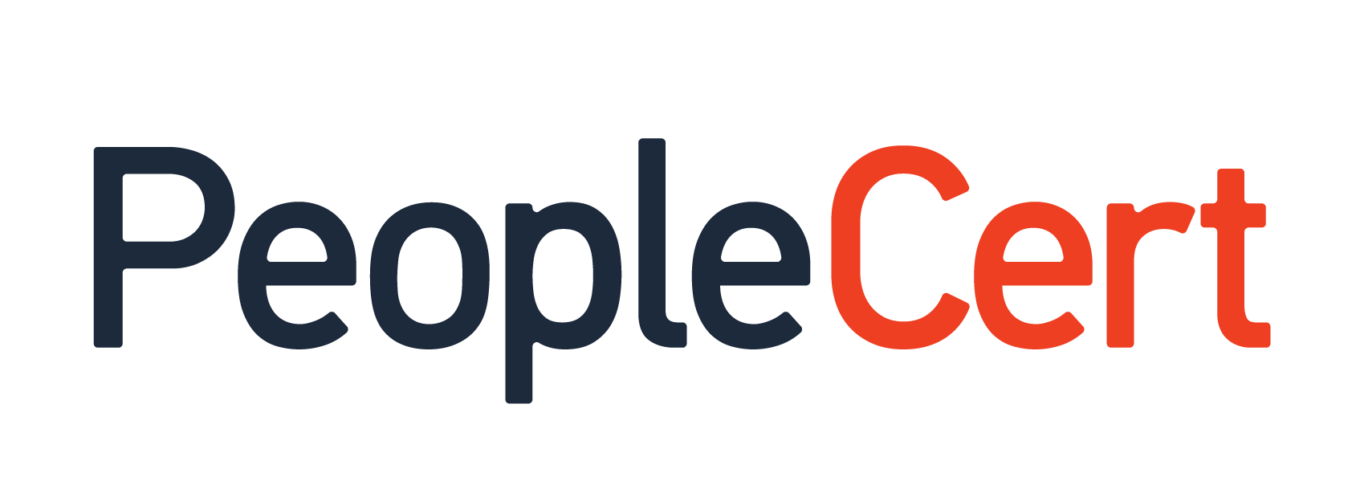In some organizations – regardless of their size – meetings are a daily nightmare. “We are organizing a meeting to organize a meeting to organize a meeting.” This is, of course, an exaggerated example, but when talking to training participants, I often hear complaints about the number of meetings organized, and even more often about their low effectiveness.
If we don't decide on a quick one stand up meeting, which I will write about in the second part of the series of articles on effective meetings, you can apply a few rules that may translate into the effectiveness of the meeting.
- Firstly Ask yourself if a meeting is necessary, before you start organizing them in a hurry.
- If the answer is yes, it's time prepare the agenda: consider and write down what goal is to be achieved during the meeting, what actions will help achieve it and what topics will be discussed.
- It's worth it introduce some roles. You will need a meeting moderator who will supervise the course and content, a time keeper who will ensure the implementation of the agenda in terms of the schedule, and a person responsible for preparing the meeting notes. This last role, in particular, is often reluctantly chosen. If someone has it permanently assigned, it may turn out that they do not actively participate in meetings because they are constantly focused on taking notes. The solution to this problem will be to rotate individual roles. This means that each participant, within individual editions of the meeting, has the opportunity to take on the role of moderator, timekeeper and note taker. The roles that participants will play during the next meeting are assigned to people at the end of the event. A simple, yet effective solution.
- How to deal with our excessive creativity in generating new discussion threads? This is where the so-called "parking lot", i.e. a flipchart where we note down all topics that go beyond the current agenda and are worth discussing in the future. Such a "parking lot" becomes a source of setting the agenda for the next meeting, and the participants feel that the issues they have raised have not been downplayed. To sum up: we apply the principle of parking topics not included in the agenda.
- What about a number of participants? An interesting theory on this subject was presented by the Harvard Business Review. Their answer to this question is: 8-18-1800. You need no more than 8 people to solve a problem or make a decision and no more than 18 people to brainstorm. If you want to announce something to a larger group, invite as many participants as you need, and after sharing the information, return to the rule of inviting no more than 18 meeting participants. What about the 1800 rule? That's how many - or more - people you need to raise an army. You can also rely on the idea put forward by Jeff Bezos - the appropriate number of meeting participants is when everyone can eat two pizzas.
When combining the topic of participants with the agenda, it is worth ensuring that only those interested take part in individual points of the meeting. We can draw the conclusion from this that a smaller number of (appropriate!) meeting participants brings better results and increases productivity. It also reduces the impression of wasted time. - It's a good idea creating "ground rules" for the meeting, i.e. jointly developed and followed rules: a canon of behavior. For example, the "here and now" rule, i.e.: focus on the topic, not on e-mails, telephone conversations or working on documents. Everything the team develops will be binding on them.
- It will come in handy at the end of the meeting a brace connecting its beginning and end: determining whether the goals have been achieved and assigning actions and people responsible for them. You will be able to start the next meeting by verifying these elements.
In the next entry, we will consider how to organize a productive stand up meeting and why (and why) we need it. You can learn more about this topic during the Resource, Communication and Stakeholder Management training.
What are your best practices when it comes to organizing meetings?
Author: Łukasz Lipski











